Filter News
Area of Research
- (-) Materials (35)
- (-) Nuclear Science and Technology (9)
- Advanced Manufacturing (5)
- Biological Systems (4)
- Biology and Environment (7)
- Biology and Soft Matter (1)
- Building Technologies (1)
- Chemistry and Physics at Interfaces (1)
- Clean Energy (40)
- Climate and Environmental Systems (1)
- Computational Biology (1)
- Data (1)
- Energy Frontier Research Centers (2)
- Fossil Energy (1)
- Functional Materials for Energy (3)
- Geographic Information Science and Technology (1)
- Isotope Development and Production (1)
- Materials for Computing (1)
- Materials Synthesis from Atoms to Systems (3)
- Materials Under Extremes (1)
- Neutron Science (13)
- Nuclear Systems Technology (1)
- Sensors and Controls (1)
- Supercomputing (14)
News Type
News Topics
Media Contacts
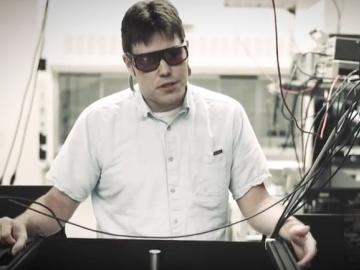
No two scientists have the same story about how they ended up in their field. Some people seem to have been born scientists; others develop their love for it as budding minds full of curiosity. Then there are those who don’t discover science until later in life, but when they do, the...
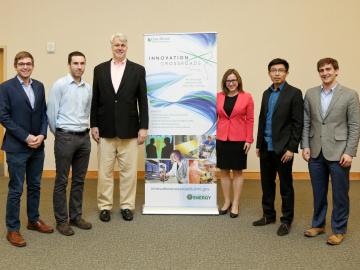
Oak Ridge National Laboratory today welcomed the first cohort of innovators to join Innovation Crossroads, the Southeast region's first entrepreneurial research and development program based at a U.S. Department of Energy national laboratory. Innovation Crossroads, ...

A new way to grow narrow ribbons of graphene, a lightweight and strong structure of single-atom-thick carbon atoms linked into hexagons, may address a shortcoming that has prevented the material from achieving its full potential in electronic applications. Graphene n...
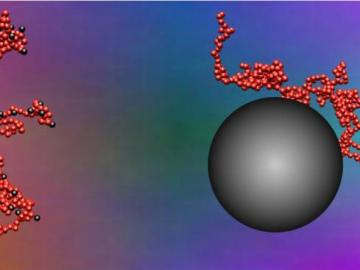
Polymer nanocomposites mix particles billionths of a meter (nanometers, nm) in diameter with polymers, which are long molecular chains. Often used to make injection-molded products, they are common in automobiles, fire retardants, packaging materials, drug-delivery systems, medical devices, coatings, adhesives, sensors, membranes and consumer goods.
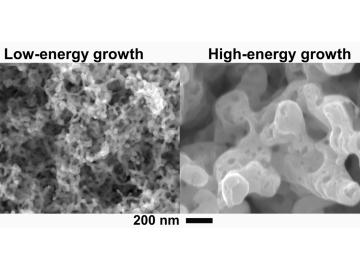
A fusion reactor is essentially a magnetic bottle containing the same processes that occur in the sun. Deuterium and tritium fuels fuse to form a vapor of helium ions, neutrons and heat. As this hot, ionized gas—called plasma—burns, that heat is transferred to water t...

Not everyone can look back on their life and pick the specific instance that brought them to their current field and dictated the course of their career. For Jason Newby, that instance was a high school physics class that would eventually lead to him studying nuclear technology and i...

Oak Ridge National Laboratory has successfully developed and tested a novel sand casting technique to quickly design complex patterns to fabricate components for industry partner Emrgy Hydro, makers of hydropower devices designed to generate electricity from slow or shallow water flo...

Advanced manufacturing will benefit from additive manufacturing techniques as demonstrated by a team led by Michael Kirka of Oak Ridge National Laboratory.
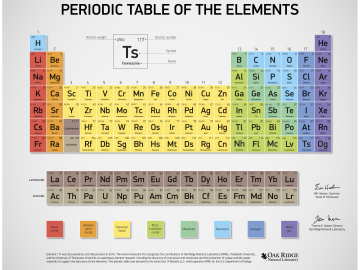
Tennessee Gov. Bill Haslam visited the Department of Energy’s Oak Ridge National Laboratory today to congratulate the ORNL team involved in the discovery of the element tennessine, named in recognition of the vital contributions of the state of Tennessee to the int...

Scientists at the Department of Energy’s Oak Ridge National Laboratory have found a simple, reliable process to capture carbon dioxide directly from ambient air, offering a new option for carbon capture and storage strategies to combat global warming.
Initia...




